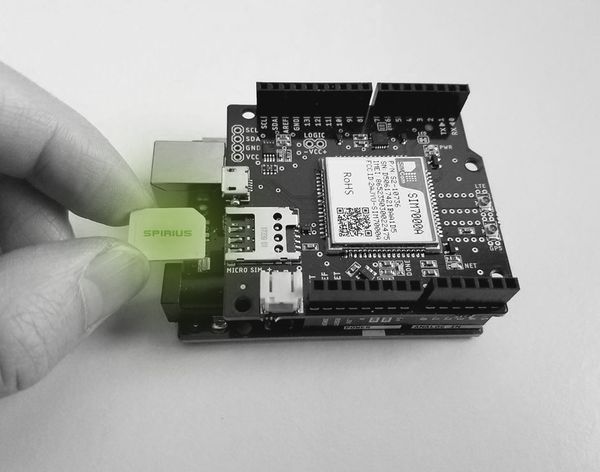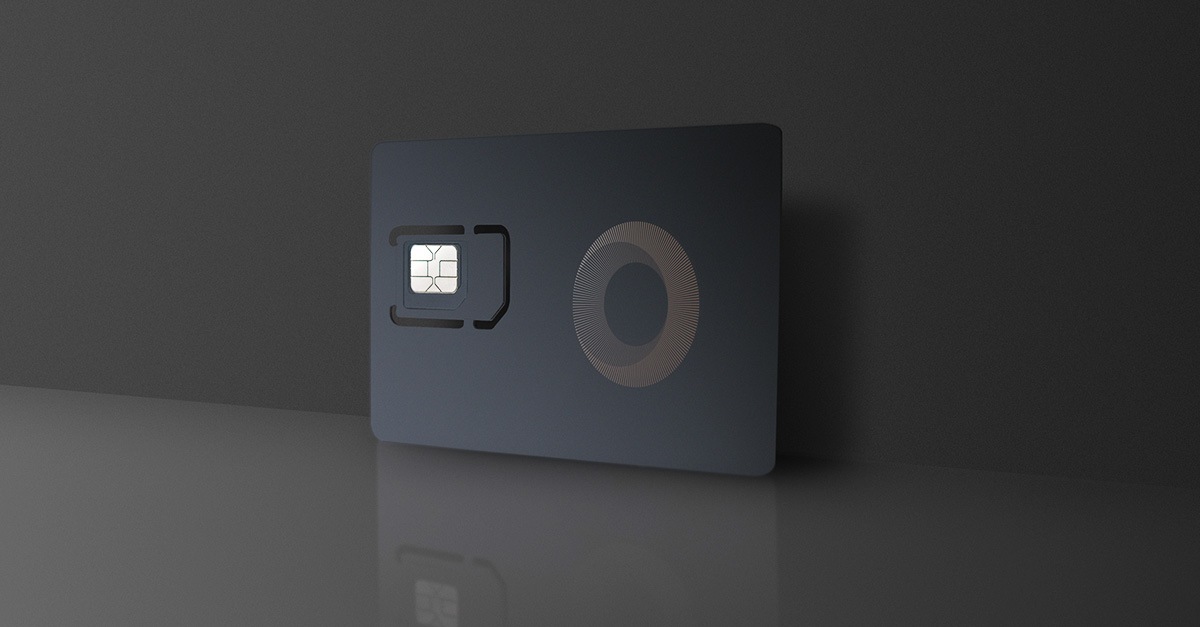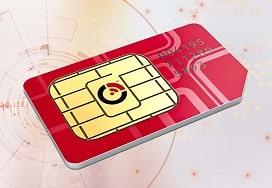Long Range IoT Connectivity Infrastructure and Connectivity for IoT Devices
The Internet of Things (IoT) represents a transformative shift in how gadgets interact and communicate. Understanding how IoT connectivity works is crucial to grasp the implications and potential of this know-how. IoT refers to a community of interconnected gadgets equipped with sensors, software, and different technologies that allow them to collect and trade information over the Internet.
In essence, IoT connectivity facilitates communication between diverse devices and platforms, enabling them to share info seamlessly. This interconnectedness extends past easy gadgets to include complex methods like smart houses, industrial machines, and even whole cities. As such, the infrastructure that helps IoT must handle an enormous quantity of information and connections concurrently.
For IoT systems to function effectively, they utilize numerous communication protocols similar to Wi-Fi, Bluetooth, Zigbee, and cellular networks. Each of those protocols has strengths and weaknesses tailor-made to particular use circumstances (IoT Connectivity Types). Wi-Fi is prevalent in home and workplace settings due to its high data transfer charges, while Bluetooth is more appropriate for short-range purposes, like wearable units.
Zigbee and LoRaWAN are significant in smart metropolis purposes because of their low power necessities and ability to transmit data over lengthy distances. These protocols contribute to the grid of gadgets that continually relay info to improve performance and performance. For instance, smart meters make the most of these protocols to send important knowledge to utility companies, aiding in environment friendly energy management.
Managed IoT Connectivity Growth of Connected IoT Devices
The knowledge collected by IoT devices typically undergoes processing earlier than it might be utilized. Edge computing is a mannequin where information processing occurs close to the data's supply somewhat than a centralized data heart. By processing data on the edge, latency is decreased, and bandwidth is saved, as only important information is shipped to the cloud. This mannequin proves beneficial in situations requiring real-time evaluation, such as autonomous automobiles or smart manufacturing.
Cloud computing enhances IoT connectivity by providing expansive storage capacity and analytics capabilities. Once the information has been analyzed, actionable insights can be derived to inform decision-making processes. For occasion, in healthcare, linked medical devices can monitor sufferers and alert healthcare suppliers if urgent action is required.
Security stays a critical concern in IoT connectivity. As units turn out to be extra interconnected, the potential attack surfaces multiply, making them engaging targets for cybercriminals. Implementing strong safety protocols, corresponding to encryption, two-factor authentication, and regular firmware updates, is important to safeguarding delicate information. The shared vulnerability of linked devices signifies that safety should be thought of at every stage of the IoT development and deployment process.
Interoperability is one other vital problem within the IoT panorama. Various manufacturers and service providers might make the most of completely different protocols and standards, which might create barriers in seamless communication. Open standards and frameworks are being developed to mitigate these issues, enabling devices from totally different manufacturers to work together harmoniously. This cooperation can considerably enhance consumer expertise and general system efficiency.
Internet Connectivity Principles In IoT Simplifying Global IoT Connectivity with eSIM

The benefits of IoT connectivity permeate varied industries, providing alternatives for efficiency and innovation. In agriculture, IoT sensors can observe soil moisture and weather situations, allowing farmers to optimize irrigation and scale back waste. In manufacturing, real-time monitoring systems can forecast tools failures, helping to take care of continuous manufacturing.
Smart cities leverage IoT connectivity to enhance urban residing. Traffic management methods can analyze real-time information to optimize visitors move and reduce congestion. Similarly, smart waste management techniques utilize sensors to watch waste ranges, ensuring well timed pickups and useful resource efficiency. These improvements demonstrate how IoT connectivity can improve day by day life on a number of levels.
IoT Connectivity Solutions Best Practices for IoT Network Design
Despite its potential, the IoT landscape continues to be evolving, read review with ongoing analysis and growth geared toward understanding and addressing its challenges. As more devices come online, the need for scalable and sustainable connectivity turns into more and more important. This interconnected future requires collaboration amongst technologists, policymakers, and trade leaders to ensure that the benefits of IoT are realized safely and inclusively.
In conclusion, understanding how IoT connectivity works encompasses more than merely grasping technical details. It consists of recognizing the implications of this interconnected world, the necessity for strong safety, and the challenges of interoperability. As expertise advances, the transformative potential of IoT will proceed to redefine industries and reshape day by day life, ushering in a new period of connectivity and innovation. The ongoing growth of IoT expertise means that we're solely firstly of a journey that holds thrilling potentialities for the longer term.
- IoT connectivity depends on varied communication protocols corresponding to MQTT, CoAP, and HTTP, which facilitate information change between units and servers effectively.
- Devices outfitted with sensors gather knowledge and utilize network connectivity, either through Wi-Fi, cellular, or low-power wide-area networks (LPWAN), to transmit this data.
- Cloud platforms play a important function in IoT connectivity, permitting for centralized information storage, processing, and administration, which could be accessed by authorized users through the internet.
- The integration of edge computing enhances IoT performance by processing information nearer to the source, reducing latency and bandwidth utilization.
- Security measures, together with encryption and authentication, are essential in IoT connectivity to guard sensitive knowledge from unauthorized access and potential cyber threats.
- Interoperability standards allow disparate IoT gadgets from totally different producers to communicate and work together seamlessly inside a unified system.
- API (Application Programming Interface) integrations permit IoT units to interact with third-party applications, enriching total performance and knowledge analysis capabilities.
- Network topology, which describes the arrangement of linked IoT units, impacts overall system efficiency, reliability, and scalability.
- Real-time knowledge analytics is often carried out on information aggregated from related devices, enabling predictive maintenance, smart decision-making, and improved operational effectivity.
- Various IoT platforms, similar to AWS IoT and Google Cloud IoT, provide instruments and providers that simplify the deployment and management of IoT connections and gadgets.undefinedHow does IoT connectivity work?
What is IoT connectivity?
IoT Network Connectivity Power of Connectivity in IoT
IoT connectivity refers again to the means by which devices talk and share data over the Internet. It entails various networking technologies, together with Wi-Fi, cellular networks, and low-power wide-area networks (LPWAN), enabling devices to trade information seamlessly.
What units can connect with IoT networks?
M2M IoT Connectivity Smart Connectivity for IoT Services
Almost any gadget can connect to IoT networks as lengthy as it has sensors and internet connectivity. Common examples embrace smart home equipment, wearables, industrial machines, and autos, all designed to collect and transmit knowledge - IoT Sim Connectivity.

How does knowledge journey in IoT networks?
Data in IoT networks travels through multiple layers of technology, ranging from the device’s sensors, moving via gateways or hubs, this and finally reaching cloud servers the place it can be processed and analyzed, facilitating real-time decision-making.
Managed IoT Connectivity Services Essential Guide to IoT Connectivity
What are the security measures in IoT connectivity?
Security measures in IoT connectivity sometimes embody encryption, device authentication, secure boot processes, and common software program updates. These protocols are essential to protect units from unauthorized entry and ensure data integrity.
Can IoT units function without internet?
While many IoT devices depend on web connectivity for real-time information exchange, some can operate on local networks or inside native processing techniques. However, they may have limited functionality and interoperability with out web entry.
Managed IoT Connectivity Understanding the Internet of Things

What role does cloud computing play in IoT connectivity?
Cloud computing performs a crucial position in IoT by offering storage, processing power, and analytical tools that permit massive quantities of knowledge collected from devices to be processed and utilized successfully, enabling insights and automation.
Are there standards for IoT connectivity?
Yes, various standards and protocols exist for IoT connectivity, together with MQTT, CoAP, and Zigbee. These ensure interoperability between gadgets and networks, promoting seamless integration and communication amongst totally different IoT techniques.
IoT Connectivity Products Essential Types of IoT Connectivity
How can I ensure my IoT gadget is suitable with my network?
To guarantee compatibility, check the system specs for supported connectivity options like Wi-Fi frequencies, Bluetooth versions, or cellular standards. Additionally, consult your network supplier concerning compatibility with different IoT technologies.

What are the challenges in IoT connectivity?
Challenges in IoT connectivity embody issues associated to safety, scalability, interoperability, and knowledge administration. Addressing these challenges is crucial for the successful deployment and operation of IoT systems throughout varied industries.